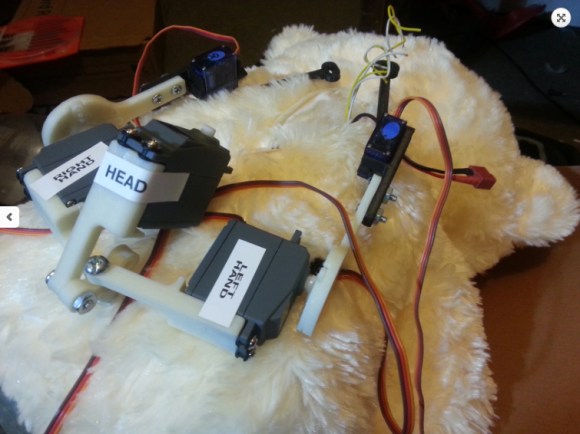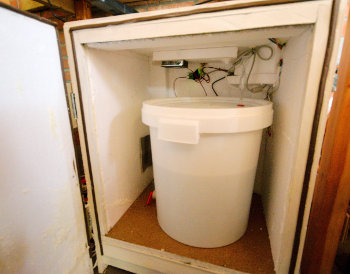If you’re anywhere remotely near Munich in November you’re not going to want to miss this. Hackaday is throwing our first European event! The fun runs from 12:30-23:30 on Thursday, November 13th, 2014.
Take the afternoon off of work
Tell your boss this is professional development, then grab all your hacking gear and head on down to Technikum at the Munich Kultfabrik.
Our set of workshops will test your embedded skills whether you’re a beginner or seasoned veteran. These include controlling small robots, working with audio processing from a Moog synth, reverse engineering some mystery hardware, and trying your hand at machine vision.
Try win the afternoon’s challenges. Implement the fastest and most reliable robot brain, design the best Moog synth add-on circuit. Or prove your logic skills by coding a perfect Computer Vision game solver. We’ll bring some prizes for those that show the most clever and impressive skill.
Take in the talks and learn the winner of The Hackaday Prize
Beginning at 19:00 we present a couple of talks about embedded hardware sure to impress the most discerning of hackers. Immediately following we will announce the Grand Prize winner of the 2014 Hackaday Prize. This Open Hardware build is the project that made it through more than 800 entries to secure a trip into space and eternal recognition from the Hackaday community.
Finish the day with a party
Finally, we’ll dim the lights and turn up the music for The Hackaday Prize Party. Enjoy some food and beverages, get yourself 3D scanned, try your hand at some vintage video games, and enjoy the company of the Hackaday Community. In attendance will be [Mike Szczys], [Brian Benchoff], [Aleksandar Bradic], [Jasmine Brackett], and [Ben Delarre].
We’ll see you there!


















